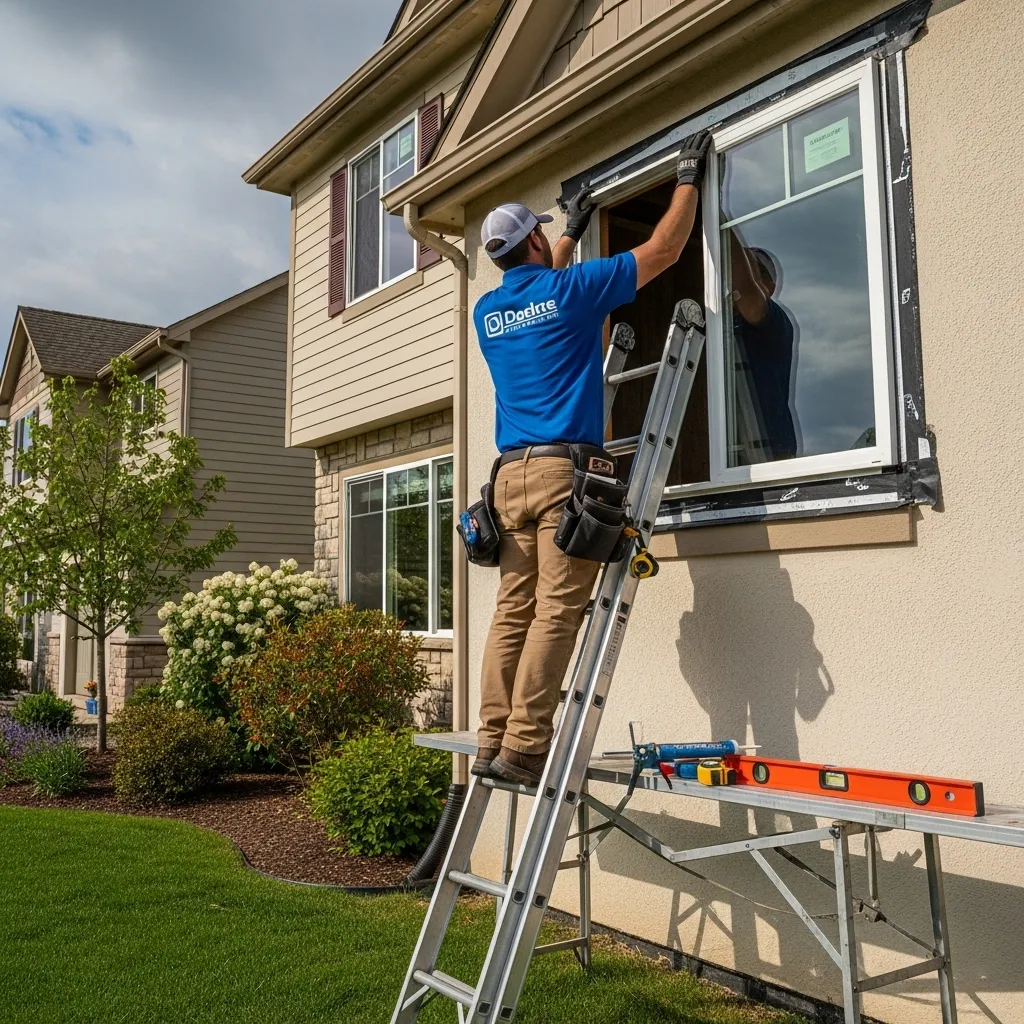How to Reduce Anxiety with Breathing Exercises
In today’s fast-paced world, stress and anxiety have become a common part of daily life. From work responsibilities to personal challenges, many people experience moments of overwhelming tension. While there are several coping strategies available, one of the simplest, most effective, and science-backed methods is using breathing exercises to reduce anxiety. Learning how to consciously control your breath not only calms the nervous system but also brings clarity and balance to both the body and the mind. In this article, we will explore step by step how to reduce anxiety with breathing exercises, offering practical techniques, explanations, and tips to help you regain peace and stability.

Understanding the Connection Between Anxiety and Breathing
Anxiety often manifests physically through rapid heartbeat, sweating, and especially shallow, fast breathing. When you feel anxious, your body activates the "fight-or-flight" response, which increases oxygen intake to prepare for perceived danger. Unfortunately, when this state is prolonged, it leads to hyperventilation, dizziness, and even panic attacks.
By practicing breathing exercises for anxiety, you can reverse this reaction. Deep, slow breathing signals to your brain that you are safe, activating the parasympathetic nervous system, also known as the "rest and digest" system. This shift lowers your heart rate, reduces stress hormones, and stabilizes your emotions.
The Science Behind Breathing Exercises
Research shows that controlled breathing improves emotional regulation. When we engage in slow and rhythmic breathing, carbon dioxide and oxygen balance is restored in the blood. This reduces the common anxiety symptom of lightheadedness caused by over-breathing.
Moreover, studies on mindfulness and yoga reveal that breathing exercises reduce anxiety by influencing brain regions such as the amygdala (responsible for fear responses) and the prefrontal cortex (responsible for rational thinking). As a result, people who practice breathing techniques consistently feel calmer, more focused, and better equipped to handle stress.
Preparing for Breathing Exercises
Before learning specific techniques, it’s important to set up a supportive environment. Find a quiet place where you won’t be disturbed, such as a calm room, your car during a break, or even a park bench. Sit comfortably, keeping your back straight, shoulders relaxed, and hands resting naturally on your lap.
Tips for Preparation:
- Wear comfortable clothing that allows your chest and abdomen to expand freely.
- Switch off notifications and remove distractions to create focus.
- Start with just 5 minutes a day and gradually increase practice time.
Creating the right setting helps maximize the benefits of anxiety breathing exercises and encourages consistency.
The 4-7-8 Breathing Technique
The 4-7-8 breathing exercise is a well-known method popularized by Dr. Andrew Weil. It is simple, effective, and especially useful when anxiety strikes suddenly.
How to Practice 4-7-8 Breathing:
- Inhale deeply through your nose for a count of 4.
- Hold your breath for a count of 7.
- Exhale slowly through your mouth for a count of 8.
- Repeat the cycle 4 times.
This technique works by slowing the heart rate and shifting attention from racing thoughts to structured breathing. Many people use it before bed to reduce insomnia caused by anxiety.
Box Breathing for Anxiety Relief
Another powerful method is box breathing, often used by athletes, military professionals, and meditation practitioners. This technique not only reduces anxiety but also enhances focus and performance under pressure.
Steps for Box Breathing:
- Inhale through your nose for 4 seconds.
- Hold your breath for 4 seconds.
- Exhale through your mouth for 4 seconds.
- Pause and hold for 4 seconds before the next inhale.
Benefits of Box Breathing:
- Calms the nervous system quickly.
- Improves concentration and mindfulness.
- Provides structure to reduce overwhelming thoughts.
Practicing box breathing daily can help build resilience against stress and anxiety triggers.
Diaphragmatic Breathing
Also known as belly breathing, diaphragmatic breathing encourages full oxygen exchange, which helps slow the heartbeat and lower blood pressure.
How to Practice:
- Sit or lie comfortably with one hand on your chest and the other on your abdomen.
- Inhale deeply through your nose, ensuring your belly rises more than your chest.
- Exhale slowly through pursed lips, letting your belly fall.
- Repeat for 5–10 minutes.
Many therapists recommend this technique to patients who struggle with panic attacks or chronic anxiety. It’s also effective when combined with meditation or yoga practices.
Alternate Nostril Breathing
Originating from yoga (also called Nadi Shodhana), alternate nostril breathing balances energy in the body and reduces mental stress. This method is particularly helpful for people whose anxiety causes restlessness and overthinking.
Practice Guide:
- Sit in a comfortable position with your spine straight.
- Close your right nostril with your thumb and inhale through your left nostril.
- Close your left nostril with your finger and exhale through the right nostril.
- Continue alternating for 5–10 cycles.
This rhythmic technique encourages mindfulness and creates balance between the two hemispheres of the brain, promoting calmness and clarity.
Mindful Breathing for Everyday Situations
Mindful breathing is the simplest form of breathing exercise for anxiety and can be practiced anywhere—while waiting in line, driving, or before a big meeting. The idea is to bring full attention to each breath without judgment.
Steps for Mindful Breathing:
- Focus on the natural rhythm of your breath without changing it.
- Notice the sensation of air entering and leaving your nostrils.
- Gently bring your mind back when it wanders to anxious thoughts.
This method helps break the cycle of worry by anchoring your attention to the present moment, making it a powerful tool against anxiety and stress.
Creating a Daily Breathing Routine
Like any healthy habit, consistency is key. Establishing a daily breathing practice helps you build resilience over time. Start with just 5 minutes each morning and gradually increase to 15–20 minutes. You may combine breathing with meditation, yoga, or journaling for added benefits.
Routine Example:
- Morning: 4-7-8 breathing for calm focus.
- Afternoon: Box breathing during stressful tasks.
- Evening: Diaphragmatic breathing before sleep.
By integrating these exercises into your schedule, you’ll notice long-term improvements in stress management and emotional stability.
When to Use Breathing Exercises for Anxiety
Breathing exercises can be used in both daily practice and emergency situations. For example, if you feel a panic attack coming on, slowing your breath can help reduce symptoms. Similarly, before a job interview or public speaking event, practicing controlled breathing can ease nervousness.
Best Situations to Apply Breathing Exercises:
- Before bedtime to reduce insomnia caused by overthinking.
- During stressful meetings or exams.
- When traveling or dealing with social anxiety.
Knowing when and how to apply these techniques ensures you always have a reliable tool to manage anxiety.
Conclusion
Learning how to reduce anxiety with breathing exercises is a powerful and natural way to calm the mind, balance the body, and regain control over stressful situations. From simple mindful breathing to structured techniques like 4-7-8 and box breathing, each practice offers unique benefits that improve both mental and physical health. The key is consistency—making these exercises part of your daily life ensures long-term resilience against anxiety. Next time you feel overwhelmed, remember: your breath is always with you, ready to guide you back to peace.











